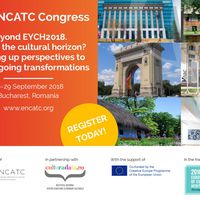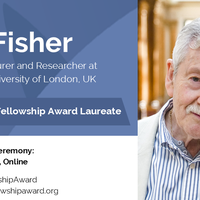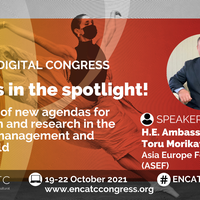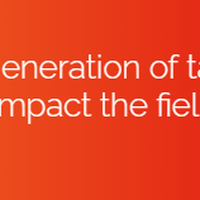26th ENCATC Congress: Beyond European Year of Cultural Heritage – Key Reflections

26th ENCATC Congress: Beyond European Year of Cultural Heritage
The 26th ENCATC Congress on Cultural Management and Policy on “Beyond EYCH2018. What is the cultural horizon? Opening up perspectives to face ongoing transformations” concluded recently in Bucharest, Romania and looked to cultural priorities in Europe beyond EYCH or the European Year of Cultural Heritage in 2018. ENCATC is the European network on cultural management and policy. Maria Sharon Mapa Arriola tells us what happened there and reflects on the connections with south-east Asia.
Reflections and Learnings
The EYCH or the European Year of Cultural Heritage was at the center of discussions, particularly on the cultural developments brought about by the advent of digitalisation in arts and culture. How are values, content, and meanings produced and transmitted, and how our understanding of cultures, people and identity shaped by digital media platforms?
With an intention to critically analyse and contextualise these developments within the purview of education and research, difficult questions were raised by the participants who represented various sectors and institutions specifically in the fields of education, research, cultural organisations, and policy making bodies.
The activities designed for the programme aimed to present the current cultural horizon in Europe, trends in the practice of cultural management, issues and perspectives on sustainability and maintaining cultural continuity amidst the rapidly changing cultural landscape. The three major activities that were provided to the participants in order to have an engaging and meaningful experience in the Congress were the following: firstly, ENCATC members were given a platform for exchange and dialogues during the general meetings and fora. Secondly, the young and emerging scholars were given an opportunity to present their current researches. Research trends, methodologies, various frameworks and perspectives, funding and publishing opportunities, possible linkages and tie-ups for collaborative researches were some of the highlights of this session. And lastly, the tours of selected cultural institutions such as The International Center for Research and Education in Innovative Creative Technologies – CINETic, The National Museum of Contemporary Arts, and Nod Makerspace. The visits to these institutions allowed the participants to take a peek at the current interests and endeavors of cultural workers, practitioners, educators, researchers, and designers in Bucharest, Romania.
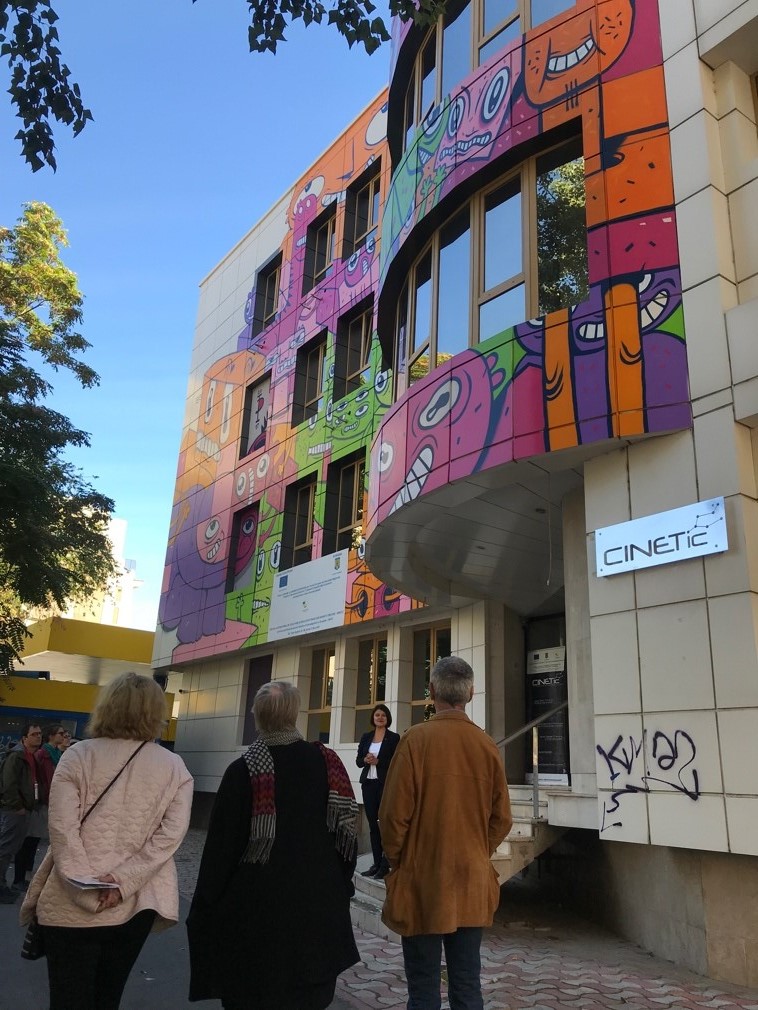
26th ENCATC Congress: The International Center for Research and Education in Innovative Creative Technologies (CINETic), technological innovation and research in the fields of digital interaction and applied neuroscience in the performing arts.
Strada Tudor Arghezi 3b, București 030167, Romania
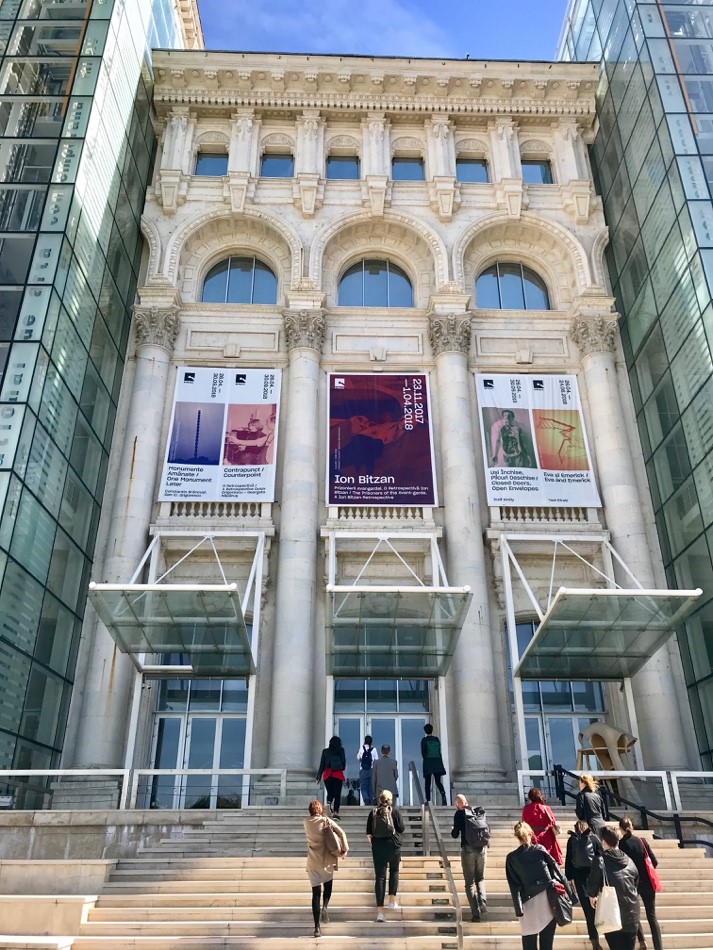
26th ENCATC Congress: National Museum of Contemporary Art of Romania
Sector 5, București 050563, Romania
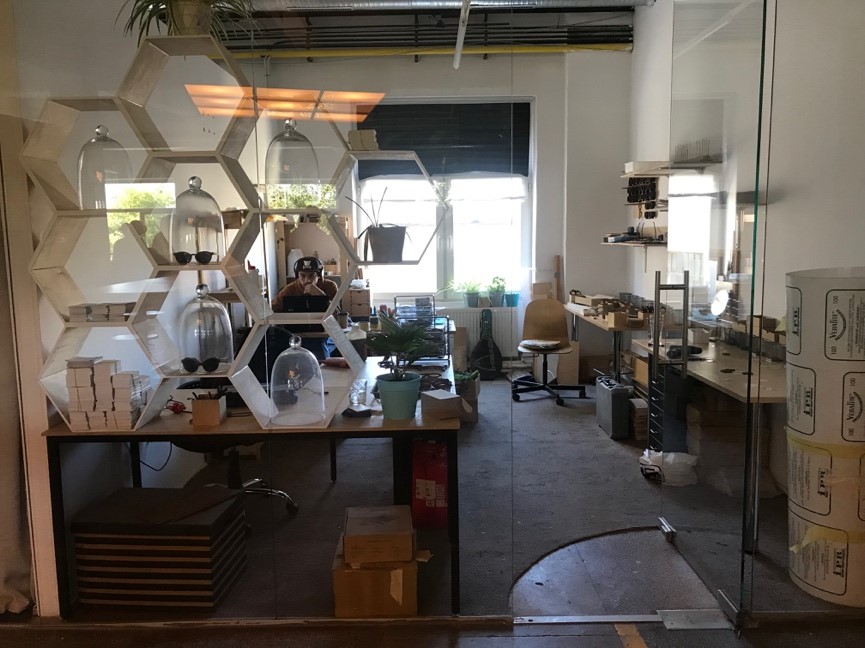
26th ENCATC Congress: Nod Makerspace, creative hub for designers, creatives, and engineers, and entrepreneurs
Splaiul Unirii 160, București 040041, Romania
Key themes of discussions on cultural policy and art education
Culture as a tool for education
Artists from various artistic expressions create knowledge and value about how people interact with places and spaces within the context of time and period. With the support of education, the appreciation and understanding of these artistic and cultural expressions can be learned through dialogues, exchange of ideas, and taking part in a critical discourse. This learning process encourages the creation of space for dialogues, therefore difficult and hard to deliver questions can be discussed in this learning environment.
Connecting art making and art production with the local communities
A possible way to achieve this is by creating works that evoke people’s shared memories and experiences. It recognises the value and significance of multiple memories articulated by the various sectors and individuals. It is important as well to build and strengthen policies and measures that promote diversity of cultural expressions. Venues for these articulations can be in local museums and shared public spaces.
Representation and identity
Part of the discussion in promoting cultural diversity in the arts include tackling the issues of one’s identity. The concept of identity is dynamic and changing. It is a construct and a result of various influences caused by the changing environment. Within the context of diaspora, migration, and dispersal of population due to conflicts and wars, the concerns on acceptance to different identities and cultures became part of the discussion. Artistic endeavors and content in different media platforms become active agents in bringing the dialogues to a wider scope, thus encouraging the public to participate in the exchange of ideas and views.
Encourage interdisciplinary research
With the bourgeoning interest in cultural management and policy research, the need to expand and deepen its scope in order to include sectors and fields relevant to the studies necessitates the use of interdisciplinary approach in conducting research. Aside from employing the established qualitative methodologies, the use of quantitative data and analytical framework were sought. It is also important to take note of contextualisation of these various disciplines in research and practice.
Cultural expressions as avenues for social inclusion, sustainable development and platforms to combat extreme tendencies
Art and cultural products in various forms and kinds have intrinsic value that have the capacity to emit signs and meanings that speak about social inclusion, celebration of cultural diversity, human rights, and battle with extreme beliefs and ideas. Therefore, art and culture can be a potent instrument for social cohesion.
Importance of human resource in cultural institutions
Part of the highlights of the talks were on sustaining and keeping cultural facilitators, cultural workers in museums, institutions and organisations. The discussion revolved around the concerns on competencies and the current condition of the cultural workers who exhibit lack of skills, thus entailing the establishment of programmes that would address professional development and continuous trainings.
Creative entrepreneurship
The business side of art that instigates economic benefits was considered as important as the value of content creation in artistic and cultural productions. This section includes marketing the intangible and cultural heritage. Some of the issues mentioned in this discussion are audience development and sustaining funding support from different cultural agencies and funding institutions.
Digitalisation
The rapidly growing digital environment allowed new technologies to evolve and take part in featuring the different narratives and points of view about society and individuals. Aside from its impact in communication and entertainment media, new technologies are also being used in education. The use of mobile applications such as the sli.do app in the classroom allows differently-abled learners to interact with teachers. The National Museum of Romania uses
digital storytelling device with touch screen and QR codes to enhance visitor’s learning. Augmented Reality (AR) is already incorporated in the museum experience to allow the audiences to interact with the materials displayed.
Conclusion
Generally speaking, Southeast Asia’s cultural landscape may have similar concerns and challenges as Europe’s in the areas of cultural policy and arts education. As enumerated above, these challenges are currently being addressed in the region in various capacities and platforms, focusing on representation and identity, interdisciplinary research, and culture as a tool for education and social inclusion, and lastly, for some countries in the region, digitalisation.
While the highly-developed and developing countries delve into the issues of proliferation of negative digital media content, social media ethics, and abuse of the freedom of speech, many countries in the Global South still lack the infrastructure for ICT and education. These gaps can be the take-off point for the Regionally Speaking network to bring into the conversations as we proceed to more fruitful and meaningful Asia-Europe dialogues and exchanges.
---------------------------
Follow the story at #RegionallySpeaking #ASEFculture #ENCATC2018
Maria Sharon Mapa Arriola’s participation in the ENCATC Congress was part of her membership to Regionally Speaking, a peer network of mid-career cultural professionals in south-east Asia. The Asia-Europe Foundation (ASEF) has been supporting this network since 2016, along with other partners such as Griffith University (Australia) and Georgetown Festival (Malaysia)
Between September and December 2018, ASEF is supporting the Regionally Speaking network to attend key arts conferences in Asia and Europe and reflect on them through a series of 3 articles for culture360.ASEF.org. This is the first of the series. Others to follow will focus on ENCATC International Study Tour in Japan (5-9 November 2018, Tokyo, Japan) and the Europe-Asia Roundtable Sessions-EARS on Mumbai 2018 (16-17 November, Mumbai, India).
MARIA SHARON MAPA ARRIOLA has been in the tertiary education sector for over 20 years teaching humanities, multimedia arts, modern and contemporary art, research, Philippine art, culture and society. At present, she is the Associate Dean of the New Media Cluster of De La Salle-College of Saint Benilde School of Design and Arts in Manila, Philippines.
Similar content
from - to
26 Sep 2018 - 29 Sep 2018
deadline
25 May 2018
posted on
23 Sep 2021
from - to
20 Oct 2021 - 20 Oct 2021
deadline
01 May 2019

